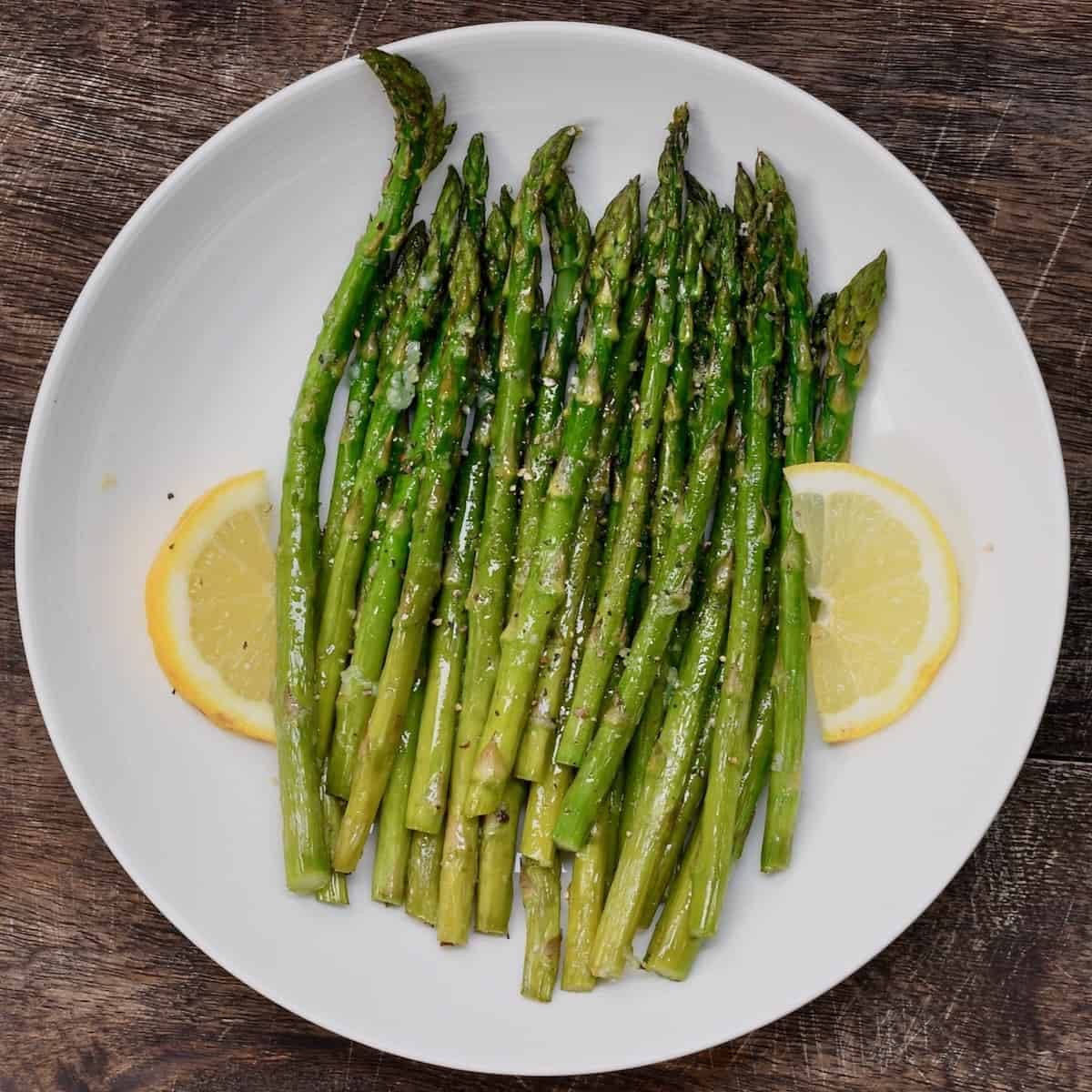Asparagus, scientifically known as Asparagus officinalis, holds a special and esteemed position in the world of cuisine. Its unique appearance, delicate taste, and rich history have granted it a beloved spot on plates worldwide. In this essay, we will delve into the historical background, culinary applications, nutritional value, and cultivation of asparagus, shedding light on its timeless charm and importance in culinary traditions.
The origins of asparagus can be traced back to ancient times, with records of its consumption dating back over 2,000 years. The Greeks and Romans held it in high regard for both its culinary and medicinal properties. The name "asparagus" itself is derived from the Greek word "aspharagos," meaning "shoot" or "sprout," reflecting the vegetable's unique appearance.
Chefs and culinary enthusiasts highly prize asparagus for its delicate and adaptable flavor. It can be prepared in a multitude of ways, each highlighting its distinct characteristics. Roasting asparagus with a drizzle of olive oil and a pinch of salt and pepper enhances its earthy undertones while giving it a slightly crispy texture. Steaming or blanching asparagus maintains its vibrant green color and tender crunch, making it a star in salads or as a side dish. Grilling asparagus over an open flame imparts a smoky char that pairs beautifully with various seasonings.
One of the most iconic asparagus dishes is the timeless "Asparagus with Hollandaise Sauce," showcasing the vegetable's elegant appeal, with the rich, buttery sauce complementing the subtle flavors of the asparagus spears perfectly. Asparagus also frequently graces pasta dishes, quiches, and risottos, adding depth and sophistication to these culinary creations.
From a nutritional perspective, asparagus stands out as a valuable vegetable. It is low in calories yet abundant in essential vitamins and minerals. Asparagus provides a good dose of dietary fiber, promoting digestion and a sense of fullness. It's also rich in vitamins, particularly vitamin K, vital for blood clotting and bone health, and vitamin A, supporting vision and immune function. Additionally, asparagus contains folate, a B-vitamin essential for cell division and particularly important for pregnant women.
A distinctive quality of asparagus is its characteristic aroma, sometimes detectable in urine after consumption. This curious phenomenon arises from sulfur-containing compounds in asparagus. While the scent may vary from person to person, it is generally harmless and temporary. Despite this occasional olfactory curiosity, the health benefits and culinary appeal of asparagus far outweigh this minor inconvenience.
Growing asparagus requires patience, as this perennial plant takes time to mature and yield a substantial harvest. Typically grown from crowns or seeds, asparagus thrives in well-drained soil and abundant sunlight. The initial years focus on establishing a robust root system, with limited spear harvests. However, once established, an asparagus bed can provide fresh spears for two decades or more, making it a worthwhile investment for both home gardeners and commercial growers.
The harvesting process for asparagus is delicate and precise. Spears must be harvested when young and tender, typically when they reach 6 to 8 inches in length. Overly mature asparagus turns woody and fibrous, diminishing its culinary appeal. Asparagus is usually cut just above soil level to ensure removal of tough portions. The timing of the harvest can vary based on climate and local growing conditions, making it a regionally specific crop in many instances.
In addition to its culinary and nutritional attributes, asparagus holds cultural and symbolic significance. In numerous regions, asparagus is associated with spring and renewal due to its seasonal availability. For instance, in Germany, the start of asparagus season, known as "Spargelzeit," is celebrated with enthusiasm. The delicate nature of asparagus also makes it a symbol of sophistication and elegance in various cultures, frequently gracing upscale dishes and fine dining establishments.
In conclusion, asparagus goes beyond mere sustenance; it embodies elegance and represents the diverse world of culinary pleasures. Its rich history, culinary flexibility, nutritional value, and unique aroma contribute to its enduring appeal. Whether enjoyed in classic preparations or used to elevate contemporary dishes, asparagus continues to captivate the palates of those who appreciate its delicate flavor and aesthetic allure. As a perennial crop that demands patience and dedication, asparagus serves as a reminder of the rewards that come with nurturing nature's bounty. It is, without a doubt, the elegant spear of gastronomy, cherished and celebrated by food enthusiasts worldwide."
Send a message


